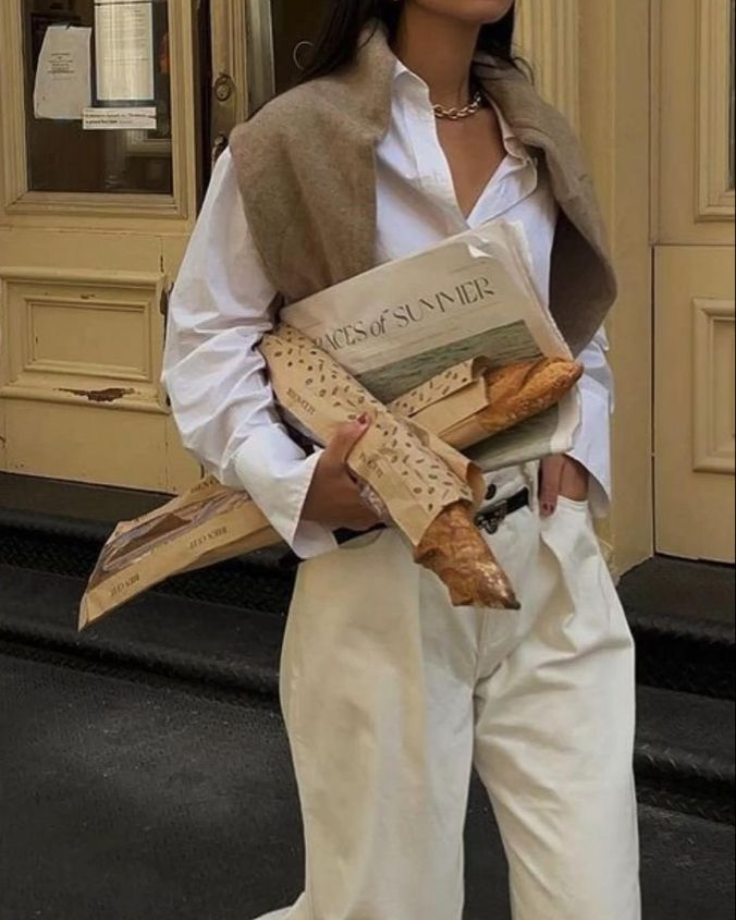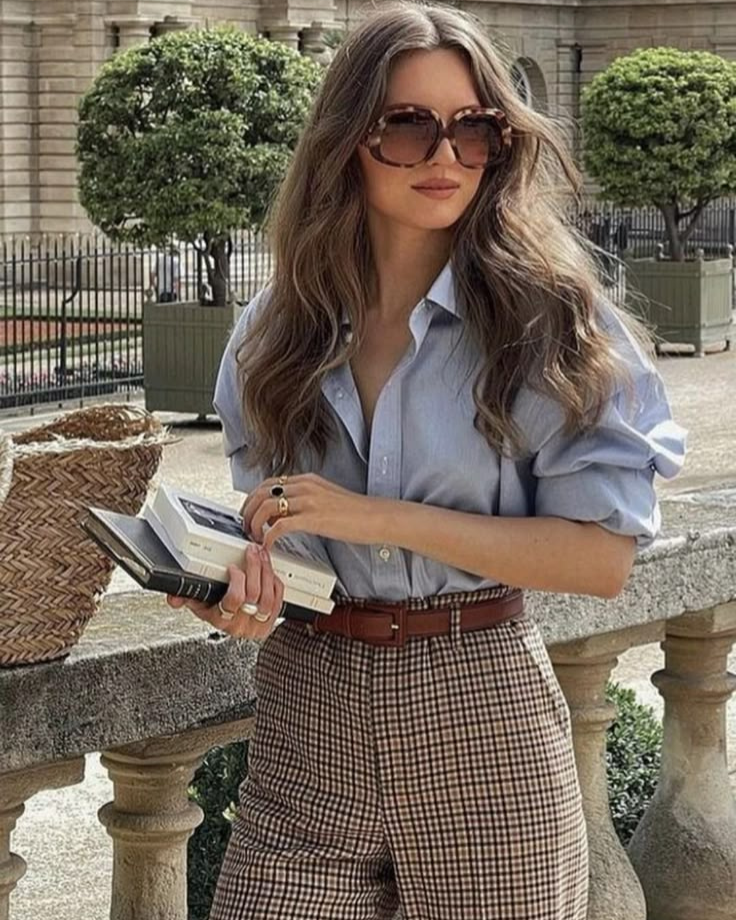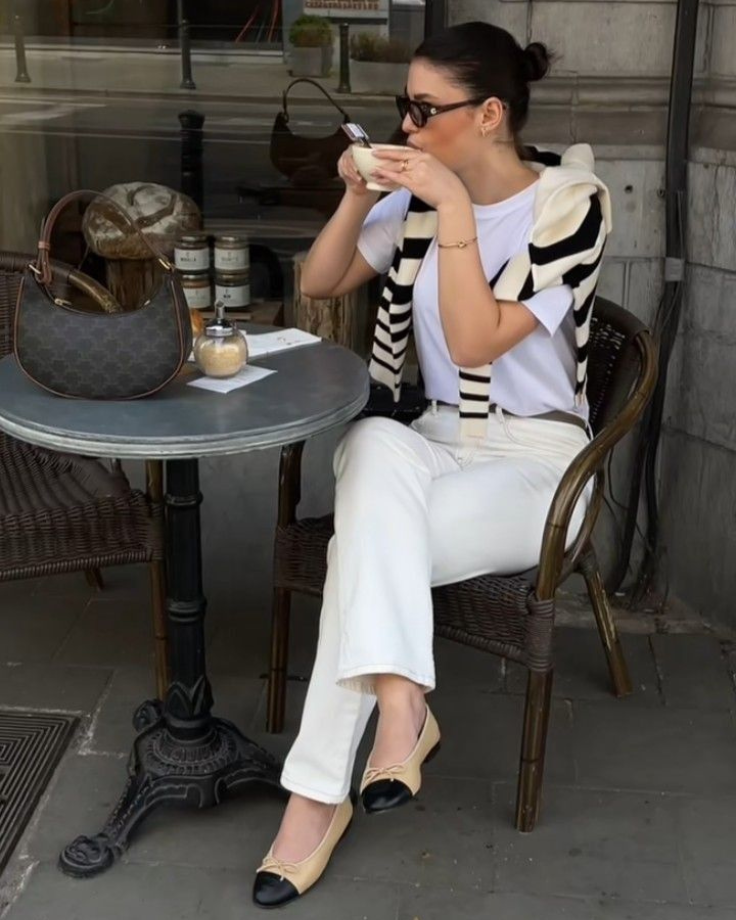
The concept of “Old Money” brings to mind an enchanting image of generational wealth, exclusivity, and a subtle, understated luxury. There’s something deeply fascinating about the way certain styles can transcend trends and remain relevant, generation after generation. I’ve always been drawn to the idea of quiet sophistication, where wealth isn’t flaunted but whispered through subtle choices — a perfectly tailored blazer, an antique piece of furniture, or even a kind gesture steeped in old-world manners.
Unlike the flashy displays of modern wealth we often see on social media today, the Old Money Aesthetic is all about tradition, history, and restraint. It’s a reflection of not just wealth but the preservation of values, culture, and class over generations. Growing up, I would hear stories of my grandparents and their understated way of living—family heirlooms passed down quietly, clothes that lasted decades because they were made to last, and a deep sense of responsibility towards community and philanthropy. These stories stayed with me and shaped my understanding of what true luxury means.
In this blog, I want to share with you the magic behind the Old Money Aesthetic. It’s more than just a fashion trend or a lifestyle — it’s an approach to life that prioritizes timelessness over trendiness, substance over flash. Let’s dive into the different facets of this enduring style and how it can inspire not just your wardrobe, but your life.
Table of Contents
ToggleThe Origins of Old Money Culture

Old Money refers to families or individuals who have inherited wealth over generations, often spanning several decades or even centuries. This term is frequently associated with the aristocracy and upper class in Western societies, particularly in Europe and the United States. Historically, Old Money families have been characterized by an air of discretion, preferring to blend into their environments rather than stand out in ostentatious ways.
The aesthetic that accompanies Old Money culture has evolved over time but has always maintained certain key characteristics: understated elegance, simplicity, and durability. Rather than indulging in the latest fashion crazes or luxurious excesses, those with Old Money tend to opt for styles that have stood the test of time, focusing on quality over quantity.
Key Elements of the Old Money Aesthetic
1. Fashion

The Old Money wardrobe is based on timeless pieces, often with a strong emphasis on traditional tailoring and heritage brands. This isn’t the style for fast fashion or bold, trendy looks. The key is classic pieces that are impeccably made and will last for years. Here are some of the staples:
- Tailored suits and blazers: Old Money style often incorporates impeccably tailored garments, especially blazers and suits. These are typically crafted in neutral tones like navy, black, beige, or grey.
- Cashmere sweaters and knitwear: Luxurious yet understated, cashmere adds warmth and sophistication without being showy.
- Pearls and understated jewelry: Instead of large, ostentatious jewelry, Old Money fashion leans towards pearls, simple gold or silver chains, and heritage pieces passed down through generations.
- Loafers and Oxfords: Timeless footwear that’s practical and stylish. Think of classic brands like Gucci for loafers or Church’s for brogues.
- Muted color palette: The Old Money look is all about neutrals – cream, beige, navy, and black dominate the wardrobe, allowing the focus to be on tailoring and fabric quality.
Unlike “New Money” displays of designer logos and trend-chasing, the Old Money aesthetic is subtle, with a focus on craftsmanship and understated elegance. Brands like Ralph Lauren, Burberry, and Hermès are favorites because of their long histories and commitment to tradition.
2. Lifestyle

Old Money is about more than just how you dress – it’s also reflected in the way you live. The Old Money lifestyle is a blend of privilege, tradition, and culture. It involves a careful curation of hobbies, pastimes, and values that convey an air of refinement.
- Education and culture: For those with Old Money, education is paramount. Many Old Money families send their children to prestigious private schools and Ivy League universities. There’s a deep appreciation for the arts, literature, classical music, and intellectual pursuits.
- Discretion and humility: Showiness is frowned upon in Old Money circles. Instead of flaunting wealth, Old Money individuals are often modest and reserved, preferring to let their knowledge, manners, and character speak for themselves.
- Philanthropy: Many Old Money families have a strong sense of duty and responsibility toward their communities. Charitable giving and involvement in the arts, education, and humanitarian causes are important aspects of their identity.
- Equestrian activities and sailing: These are hobbies traditionally associated with Old Money, as they reflect both status and a love for time-honored pastimes. Horse riding, yachting, and participating in polo or golf are seen as classy ways to spend leisure time.
3. Interior Design and Architecture

Just like their fashion choices, Old Money individuals prefer a home that is a reflection of tradition, longevity, and quality. Think classic, stately homes with a strong sense of history and elegance.
- Antiques and heirlooms: Homes are often filled with pieces that have been passed down through generations – antique furniture, old paintings, and family heirlooms that tell stories of lineage and history.
- Neutral color schemes: Much like their clothing, Old Money homes favor neutral, muted tones that are calming and sophisticated. Rich fabrics like velvet, silk, and linen are staples, adding texture without overwhelming the space.
- Classic architecture: Georgian and Victorian-style architecture is common, with symmetrical designs, grand staircases, and large windows. There’s an emphasis on craftsmanship and quality over modern, flashy designs.
- Libraries and art collections: Old Money homes often have libraries filled with leather-bound books and private art collections, showcasing a deep appreciation for culture and knowledge.
4. Manners and Values

The Old Money Aesthetic is just as much about how one behaves as how one looks or decorates their home. Traditional values, etiquette, and manners play a huge role in this lifestyle.
- Etiquette and decorum: Politeness, proper etiquette, and an air of quiet confidence are hallmarks of the Old Money lifestyle. Dining manners, conversation skills, and maintaining grace under pressure are highly valued.
- Tradition and legacy: There is a strong focus on preserving traditions, whether it’s maintaining family rituals, attending cultural events, or continuing philanthropic efforts. Legacy is crucial in Old Money circles.
- Understated success: Rather than boasting about their achievements, Old Money individuals tend to keep their successes private, sharing them only with close friends and family.
Why is the Old Money Aesthetic Trending?

In recent years, there has been a growing interest in the Old Money Aesthetic, particularly among younger generations. But why, in a world obsessed with fast fashion and social media flexing, has this understated, classic aesthetic gained traction?
1. A Reaction to Fast Fashion
The Old Money Aesthetic represents a stark contrast to the fast-paced, ever-changing world of fashion trends. Many people are now seeking sustainability and longevity in their purchases, turning away from fast fashion’s environmental and ethical impacts. The Old Money wardrobe emphasizes timeless pieces that can be worn for decades, offering a more sustainable approach to fashion.
2. The Desire for Authenticity
In a time where social media often encourages people to display the most glamorous and curated versions of their lives, the Old Money Aesthetic offers a sense of authenticity. It’s not about showing off or trying to keep up with the latest trends, but about embracing what feels true to oneself and appreciating quality and craftsmanship.
3. A Nod to Tradition
With so much change and instability in the modern world, many people are looking for comfort in tradition and stability. The Old Money Aesthetic’s focus on heritage, tradition, and continuity appeals to those who crave a sense of belonging to something timeless and enduring.
4. The Rise of “Quiet Luxury”
The term “quiet luxury” has been used to describe the growing trend of discreet, high-quality luxury goods that don’t scream wealth. This mirrors the Old Money approach to wealth, where logos and flashy displays are unnecessary. Instead, it’s about investing in fewer, better things that stand the test of time, like a well-tailored coat or a leather handbag that becomes more beautiful with age.
How to Incorporate the Old Money Aesthetic into Your Life

1. Curate a Classic Wardrobe
Start by investing in high-quality, timeless pieces that will never go out of style. Look for well-tailored blazers, cashmere sweaters, loafers, and neutral colors that can be mixed and matched. Don’t be afraid to spend a bit more on key items that will last for years instead of buying cheaper pieces that will quickly wear out.
2. Focus on Heritage Brands
Brands like Ralph Lauren, Burberry, Hermès, and Gucci are known for their craftsmanship and long history of quality. Incorporating pieces from these brands into your wardrobe or home will add an air of refinement and tradition to your style.
3. Embrace Timeless Interior Design
When it comes to your living space, think classic and elegant. Choose neutral tones for your color scheme, incorporate antique or heirloom furniture, and invest in high-quality fabrics like linen and velvet. If possible, display family heirlooms or collections that have sentimental value.
4. Cultivate Your Mind
The Old Money Aesthetic is as much about intellectual sophistication as it is about fashion or design. Spend time learning about the arts, literature, and culture. Invest in education and be a lifelong learner. Attend classical music concerts, visit art galleries, or immerse yourself in a new language.
5. Mind Your Manners
Lastly, remember that the Old Money Aesthetic isn’t just about appearances. It’s also about how you carry yourself. Practice good etiquette, be humble, and treat everyone with respect and kindness. Quiet confidence and graciousness are at the heart of the Old Money lifestyle.
Conclusion
The Old Money Aesthetic is more than just a trend – it’s a way of life that reflects timeless values, understated luxury, and a deep appreciation for quality, tradition, and refinement. Whether it’s through your fashion choices, the way you design your home, or the way you interact with the world, the Old Money